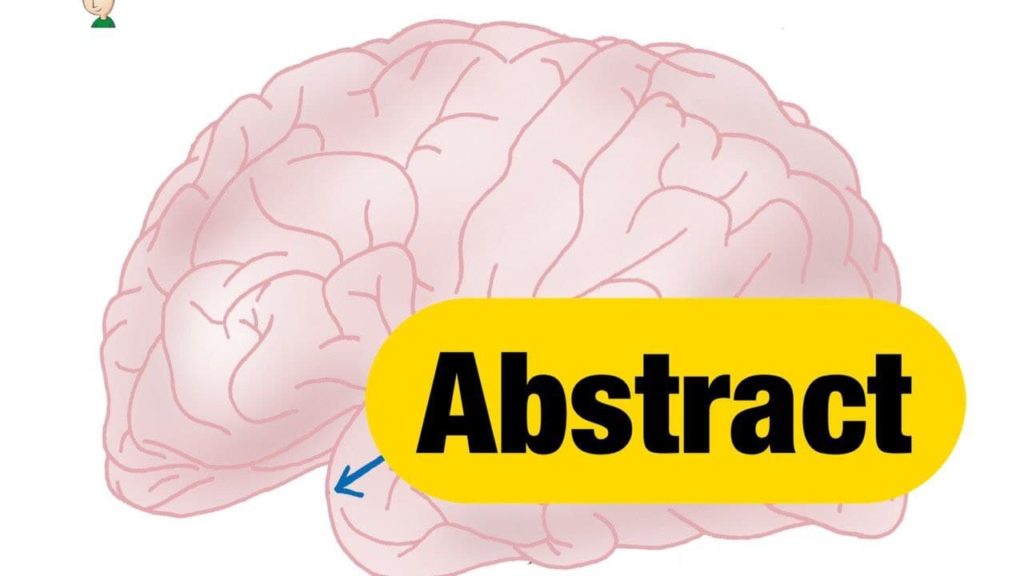The impact of hospital safety-net status on inpatient outcomes for brain tumor craniotomy: a 10-year nationwide analysis
Oliver Y Tang 1, Krissia M Rivera Perla 1, Rachel K Lim 1, Robert J Weil 2, Steven A Toms 1 2Affiliations expand
- PMID: 33506205
- PMCID: PMC7813162
- DOI: 10.1093/noajnl/vdaa167
Free PMC article
Abstract
Background: Outcome disparities have been documented at safety-net hospitals (SNHs), which disproportionately serve vulnerable patient populations. Using a nationwide retrospective cohort, we assessed inpatient outcomes following brain tumor craniotomy at SNHs in the United States.
Methods: We identified all craniotomy procedures in the National Inpatient Sample from 2002-2011 for brain tumors: glioma, metastasis, meningioma, and vestibular schwannoma. Safety-net burden was calculated as the number of Medicaid plus uninsured admissions divided by total admissions. Hospitals in the top quartile of burden were defined as SNHs. The association between SNH status and in-hospital mortality, discharge disposition, complications, hospital-acquired conditions (HACs), length of stay (LOS), and costs were assessed. Multivariate regression adjusted for patient, hospital, and severity characteristics.
Results: 304,719 admissions were analyzed. The most common subtype was glioma (43.8%). Of 1,206 unique hospitals, 242 were SNHs. SNH admissions were more likely to be non-white (P < .001), low income (P < .001), and have higher severity scores (P = .034). Mortality rates were higher at SNHs for metastasis admissions (odds ratio [OR] = 1.48, P = .025), and SNHs had higher complication rates for meningioma (OR = 1.34, P = .003) and all tumor types combined (OR = 1.17, P = .034). However, there were no differences at SNHs for discharge disposition or HACs. LOS and hospital costs were elevated at SNHs for all subtypes, culminating in a 10% and 9% increase in LOS and costs for the overall population, respectively (all P < .001).
Conclusions: SNHs demonstrated poorer inpatient outcomes for brain tumor craniotomy. Further analyses of the differences observed and potential interventions to ameliorate interhospital disparities are warranted.
Keywords: glioma; meningioma; metastasis; social determinants of health; vestibular schwannoma.
READ MORE: https://pubmed.ncbi.nlm.nih.gov/33506205/
© The Author(s) 2020. Published by Oxford University Press, the Society for Neuro-Oncology and the European Association of Neuro-Oncology.

